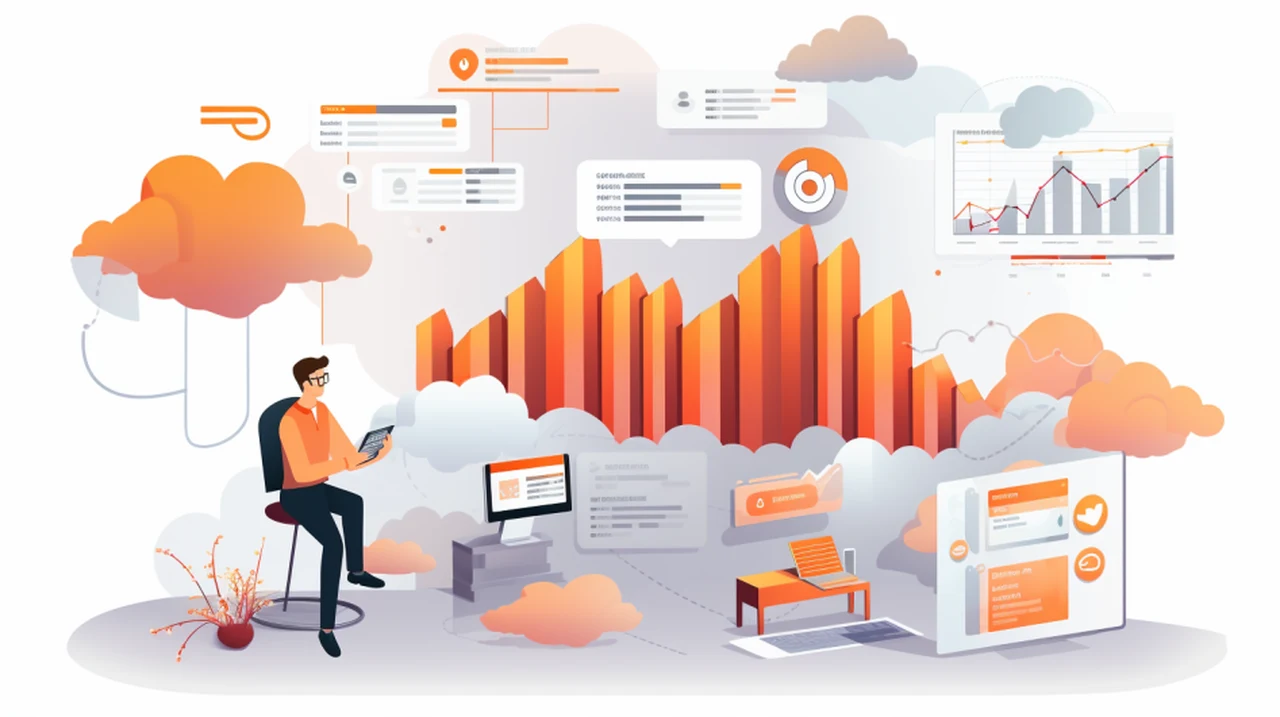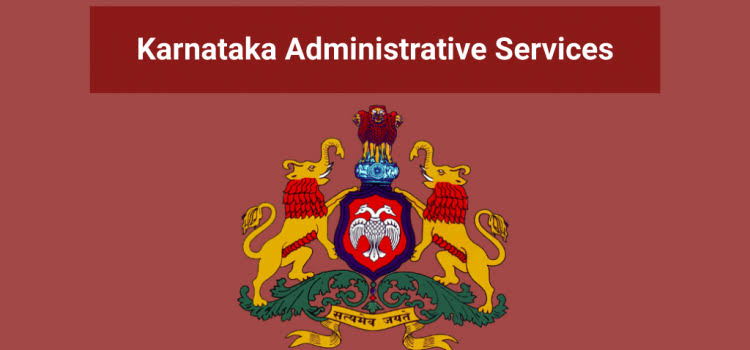Do you have an idea for an amazing software or online service but don’t have the technical skills or team to help you build it. Harnessing the power of artificial intelligence both as an adviser and integrated via an API as a backend is a great start. Building a software platform with artificial intelligence (AI) is an exciting venture that’s full of possibilities! Imagine creating a service that could change the way people interact with technology or solve problems they face every day. On the tech side, you have a chance to build something scalable and super-responsive—something that can grow as your brilliant idea catches fire.
Building an AI Software-as-a-Service (SaaS) platform with ChatGPT integration is a multifaceted endeavor that requires careful planning and consideration across several domains. From technical challenges like scalability and latency to ethical concerns such as transparency and data privacy, every aspect plays a critical role in the project’s success.
Build a SaaS platform with ChatGPT
AI plays a pivotal role in SaaS development, particularly in the creation of intelligent systems capable of learning from and adapting to user interactions. OpenAI and its language model, ChatGPT, have emerged as key players in this space. OpenAI’s API serves as the actual AI used in the SaaS, while ChatGPT functions as a teacher or expert, providing insights and understanding of complex documentation and programming concepts. This unique partnership allows developers to leverage the strengths of both tools to create more intelligent and user-friendly SaaS platforms.
The development of an AI-integrated SaaS platform is not limited to the integration of AI alone. The choice of back-end and front-end software is equally critical. The back-end is where user data is stored and cloud functions are executed, while the front-end is what the user visually interacts with. For the back-end, Firebase and AWS are commonly recommended, especially for those with little to no coding experience. Firebase, in particular, is lauded for its user-friendly interface and comprehensive set of features. For the front-end, React is often the go-to choice due to its flexibility and efficiency.
The objective is to create a service that is not just robust and reliable on the technical front, but also ethical and compliant with regulations. This involves a harmonious blend of software architecture, data handling protocols, ethical norms, legal stipulations, and a deep understanding of your target market.
Building automated SaaS businesses
In addition to choosing the right software, the use of tools like Zapier can expedite processes and make the SaaS platform more effective for scaling and handling data. Zapier, a popular automation tool, can connect your apps and automate workflows, thus reducing manual tasks and enhancing productivity.
With the right strategy, your AI SaaS platform can not only provide valuable services but also set a high standard for responsible AI usage in the industry. This guide will provide you with more insight into areas you should consider as well as a few informative videos on how you can get started utilising ChatGPT as both an assistant and a backend to build your SaaS business.
Other articles we have written that you may find of interest on the subject of workflow automation :
Low and No-code framework’s
No-Code Platforms:
- OutSystems: Aimed at enterprise-level applications, it allows for fast development with a range of in-built templates and features.
- Webflow: Primarily focused on website and landing page creation, it does offer some functionality for building web apps as well.
- Adalo: Provides drag-and-drop components to build apps and includes features for databases, user authentication, and more.
- Bubble: Known for its versatile drag-and-drop interface that enables users to build both simple websites and complex web applications. With its capabilities for database management, user authentication, and API integrations
- Appgyver: Known for its versatility in creating both mobile and web apps, with capabilities for data integration and UI customization.
- Zapier: Although not a full development platform, it can automate workflows between different web apps, adding a layer of functionality to your SaaS.
- Dorik: Aimed at building websites and single-page apps with an easy-to-use interface, good for small projects or MVPs.
- Thunkable: Designed for people without any coding experience, it’s great for mobile app development and includes drag-and-drop components.
Low-Code Platforms:
- Mendix: Offers both no-code and low-code environments and aims to accelerate enterprise-level application development.
- Salesforce Lightning: Known for its CRM services, it also offers a low-code platform for app development, making it easier for businesses to build customized solutions.
- Microsoft Power Apps: Part of Microsoft’s Power Platform offering a range of tools for app development, data manipulation, and automation.
- Quick Base: Focused on business applications with a strong emphasis on database management and workflow automation.
- Betty Blocks: Aimed at enterprise solutions, it provides a range of pre-built blocks to speed up the development process.
Choosing the right AI
Choosing the right model in OpenAI is also a key decision. Both the 3.5 and 4 models have their strengths and can be leveraged depending on the specific needs of the SaaS platform being developed. Understanding these models and their capabilities can greatly enhance the effectiveness of the AI integration in the SaaS platform. For example here are the OpenAI models currently available :
- GPT-4 A set of models that improve on GPT-3.5 and can understand as well as generate natural language or code
- GPT-3.5 A set of models that improve on GPT-3 and can understand as well as generate natural language or code
- GPT base A set of models without instruction following that can understand as well as generate natural language or code
- DALL·E A model that can generate and edit images given a natural language prompt
- Whisper A model that can convert audio into text
- Embeddings A set of models that can convert text into a numerical form
- Moderation A fine-tuned model that can detect whether text may be sensitive or unsafe
Technical Considerations:
- Scalability: Ensure your architecture is scalable to handle increased load as your user base grows. Microservices could be a good approach for this.
- Integration: Determine how ChatGPT will be integrated into your SaaS platform. Options could range from a simple API call to a more complex, custom-tailored model.
- Latency: The response time from ChatGPT can be crucial, especially if the application is time-sensitive. Optimize network latency and consider edge computing if necessary.
- Data Pipeline: Consider how data will be ingested, processed, and sent to ChatGPT, as well as how the responses will be handled and presented to the user.
- Monitoring & Maintenance: Implement logging, tracking, and alert systems to keep an eye on the system’s health and the model’s performance metrics.
Ethical Considerations:
- Transparency: Ensure that users know they’re interacting with a machine and not a human. This is crucial for setting user expectations right.
- Data Privacy: Be GDPR, CCPA, or other locally compliant. Explain how the data will be used, stored, and protected.
- Content Moderation: Implement safeguards against generating harmful or misleading content. Consider an additional layer of filtering or moderation.
Legal Considerations:
- Licensing: Ensure you understand and adhere to the terms of service for using ChatGPT or any other third-party services.
- Liability: Clearly define the scope of reliability and liability around the AI service you’re providing, ideally in a Terms of Service (ToS) agreement.
- Intellectual Property: If your service generates content, specify who owns this content – the user, your platform, or a combination of both.
Business Considerations:
- Monetization: Consider how you will monetize the service. This could be through a subscription model, freemium model, or any other revenue streams.
- Market Research: Understand your target audience, what they need, and how your AI service will provide value to them.
- Customer Support: Plan for a support system to assist users who run into issues or have questions about the service.
Building an AI SaaS platform using ChatGPT and the OpenAI API for the backend involves a careful selection of software for both the back-end and front-end. But always remember to include passion in your projects as this will carry you through the hard times when perhaps everything isn’t going quite to plan.
Filed Under: Guides, Top News
Latest aboutworldnews Deals
Disclosure: Some of our articles include affiliate links. If you buy something through one of these links, aboutworldnews may earn an affiliate commission. Learn about our Disclosure Policy.





